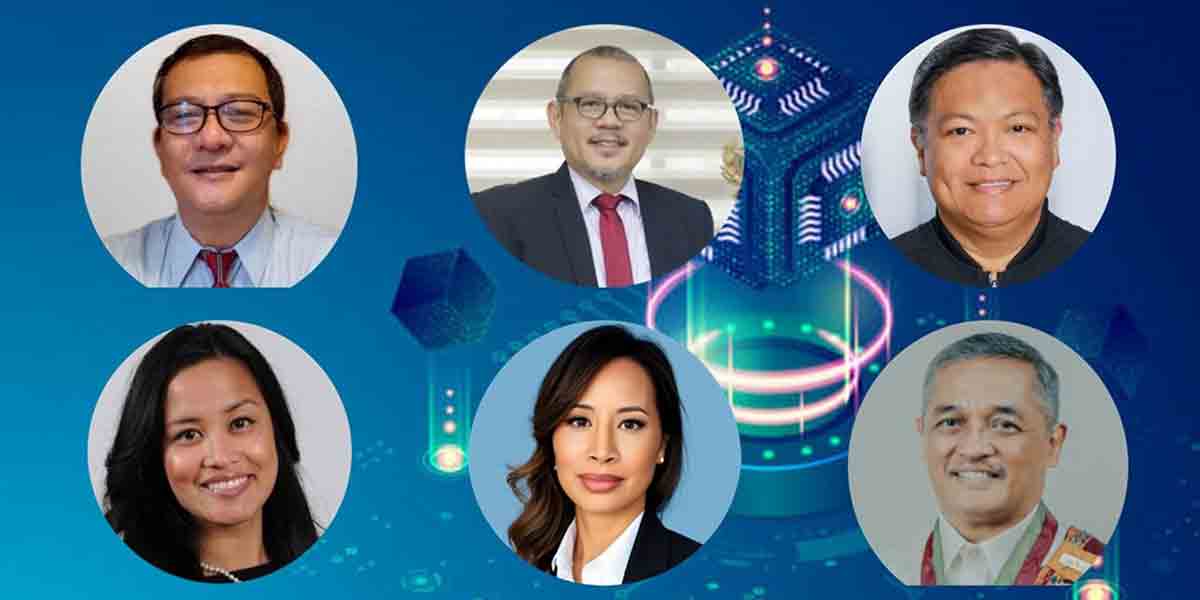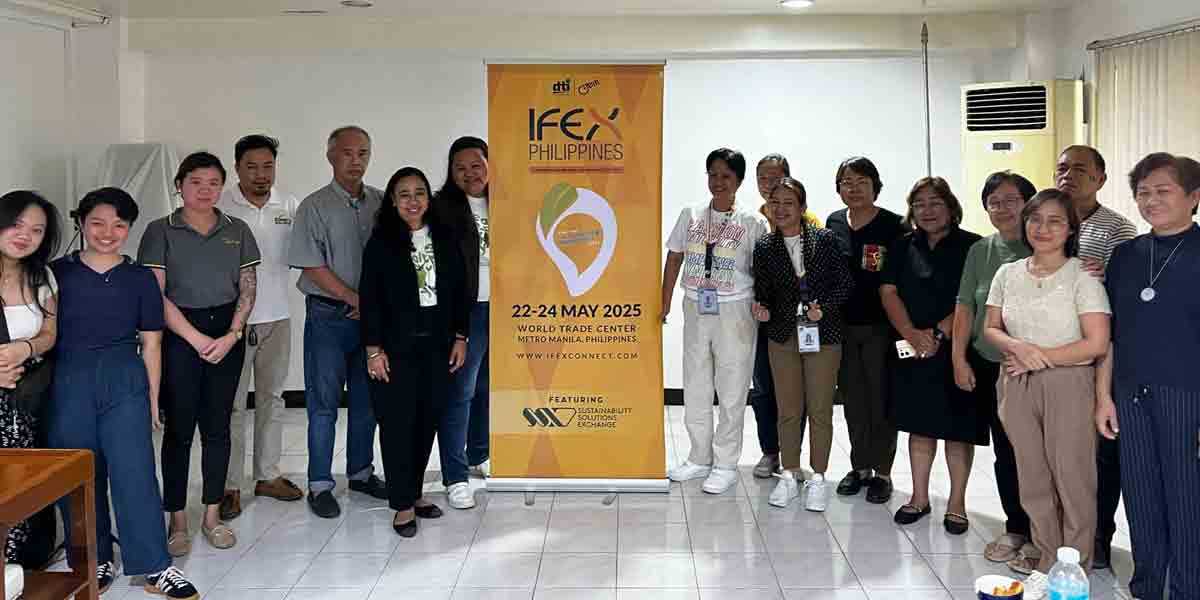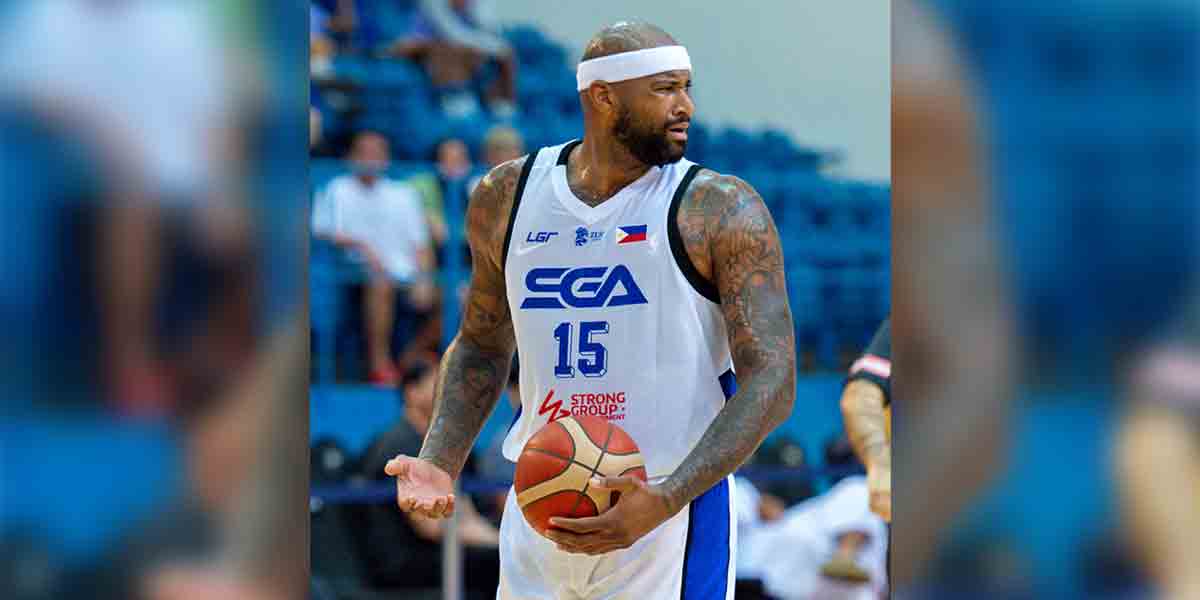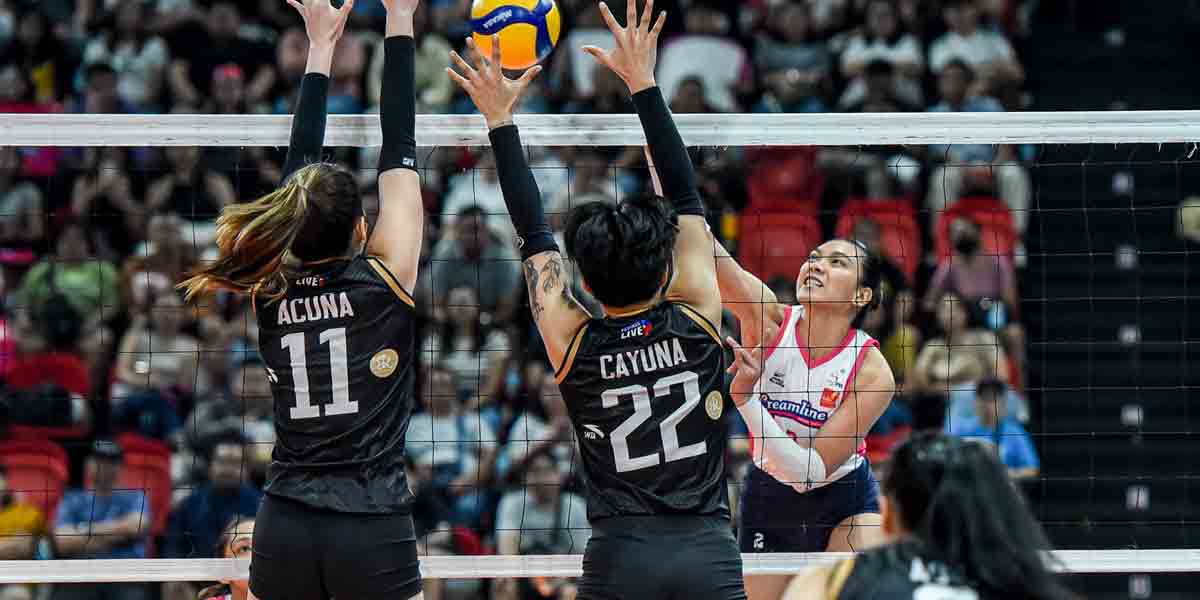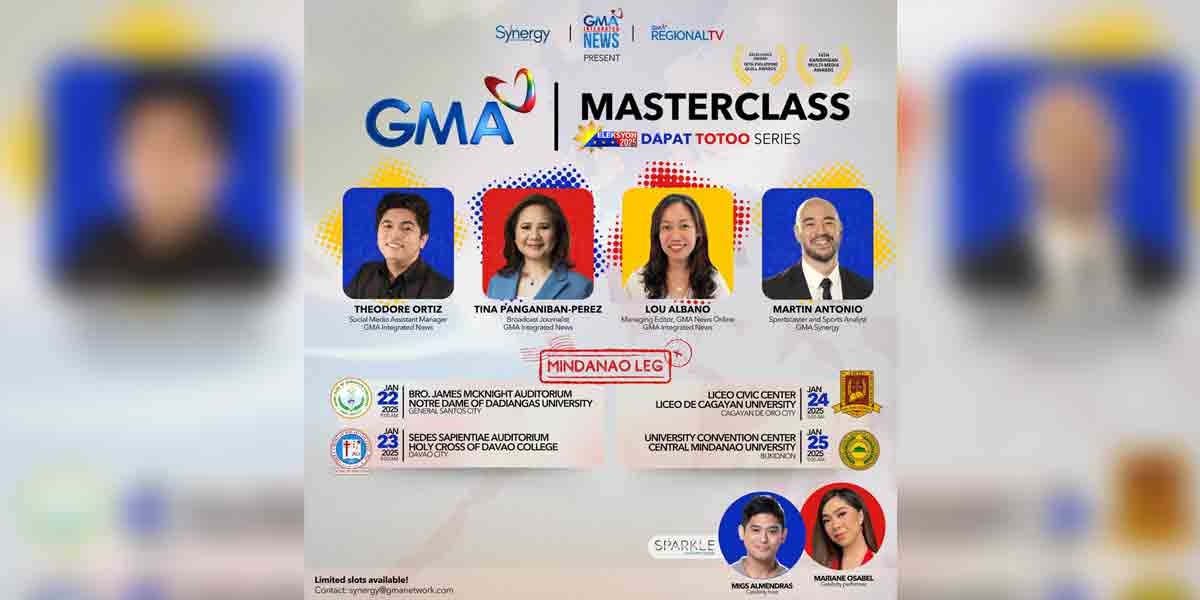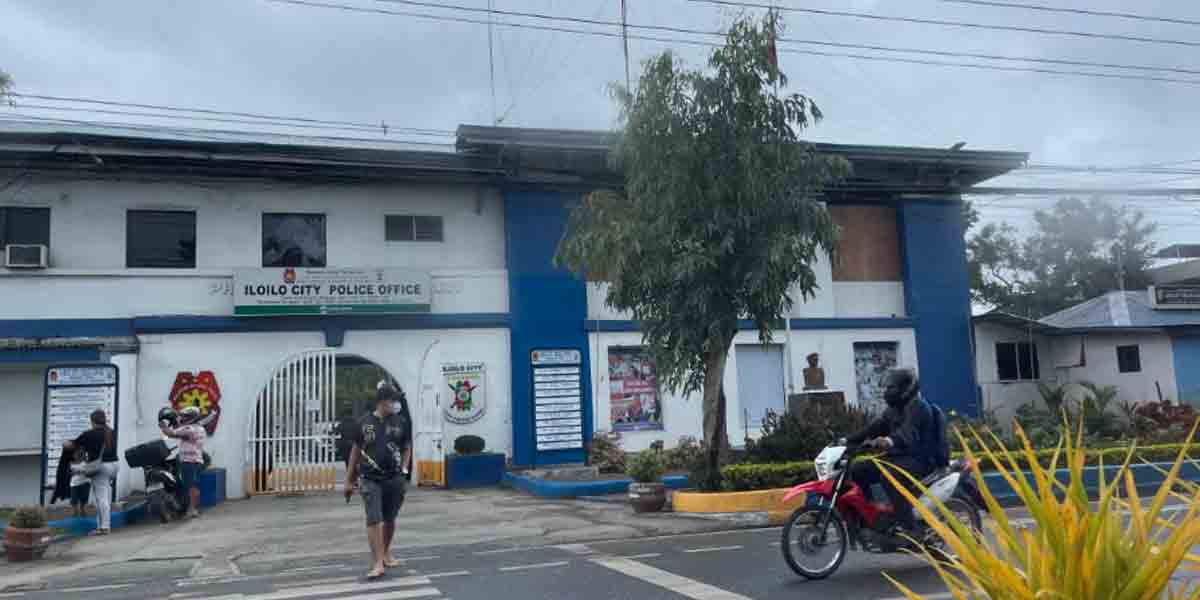by Noel Galon de Leon
This February, we once again promote the celebration of Arts Month in the Philippines. It is an opportunity to recognize and celebrate the excellence of our artists in various fields of art, such as cinema, dance, dramatic arts, literature, music, and visual arts. This also includes architecture and allied arts, fashion, and gastronomy. To me, all of these are important parts of our culture and national identity as Filipinos.
Iloilo City is currently experiencing a flourishing arts scene, with various fields of creativity thriving across the region. Ilonggo writers consistently earn awards from prestigious institutions like the Palanca and National Book Awards, while Ilonggo filmmakers receive recognition both locally and internationally. Dance and dramatic arts are also alive and well, with universities regularly staging stage plays. Music has found its place in the public eye, as local singers and performers showcase their talents in malls, gaining visibility through consistent programming. The local government is actively involved in preserving and enhancing the city’s architecture, especially the historical buildings in the downtown area, while local fashion and gastronomy have garnered increasing attention in recent years.
This vibrant artistic atmosphere is also reflected in the growing prominence of visual arts, with numerous art exhibitions held in recent years. All of these developments point to a bright future for the arts in Iloilo, creating a promising environment for emerging artists to follow in the footsteps of those leading the charge today. The continued recognition and support for various artistic endeavors suggest that Iloilo’s arts scene is set for even greater success in the years to come.
Despite the remarkable success of various art disciplines in our Iloilo community, I feel there is an urgent need to address a critical issue that should advance alongside the flourishing of our local art scene: the rights of artists. By engaging in open and public conversations about this topic, we have the opportunity to raise awareness among both artists and the broader public that art is not a free commodity. It is the result of immense effort, artists invest time and energy in everything from conceptualizing their work, sourcing materials, dedicating countless hours to creation, and executing their vision with care and precision.
As we explore the intricacies of the artistic process, we gain a deeper understanding of the financial and personal challenges that artists face. Beyond the costs of materials and the late nights spent working, artists have essential needs just like anyone else. They must pay for utilities such as electricity and water, cover monthly rent, ensure their basic sustenance, and, in many cases, manage ongoing medical expenses, particularly for older artists who require maintenance medications. By recognizing and discussing these struggles, we can create a more compassionate and supportive environment for our artists, empowering them to continue enriching our cultural landscape with their work.
What exactly does Artist Rights mean? To put it simply, it refers to the legal rights and protections granted to artists. These rights encompass various aspects, including Ownership of Work, Moral Rights, Right to Payment, and the Right to Decide on How Their Creation is Used. I would like to emphasize that I am not a lawyer, but I have some knowledge about these matters because, in addition to being a writer, I also consider myself a literary agent. I assist in publishing books and am well-versed in advocating for projects related to the arts, particularly literature and film. This is why I feel comfortable discussing these topics, especially when the rights of artists are neglected or sidelined.
Do you remember the scandal that involved Decathlon Iloilo and one of our local visual artists, Jecko, last year? This issue was highlighted in my last column of the previous year, where I discussed the critical importance of contracts in safeguarding the rights of artists and creators. However, even in the absence of a formal agreement, as was the case with Jecko and Decathlon Iloilo, he still had a strong case to demand payment from the company for the artwork they commissioned but ultimately did not use for their event. Decathlon Iloilo was left stunned when Jecko’s issue gained widespread attention, sparking heated discussions across social media for several weeks. The positive outcome that emerged from this was that, thanks to the public’s vocal support—through likes, shares, and posts highlighting the issue—the management of Decathlon Iloilo finally realized that we are serious about defending the rights of our artists. The good news is that they will now compensate Jecko for their irresponsible handling of the situation. This serves as a proof to the power of public advocacy, especially when artists’ groups unite to speak out against a corporate giant like Decathlon, which thought it could easily exploit Ilonggo artists. They were wrong.
Among the four aspects of artist rights that I mentioned earlier, I want to specifically highlight the issue of the Right to Payment. Artists have an undeniable right to receive fair and just compensation for the use of their creative works, including royalties from reproductions and any other form of exploitation of their creations. This principle goes beyond mere acknowledgment of their skill and dedication, it guarantees that they are rightfully rewarded for the ongoing use and reproduction of their work across multiple platforms, mediums, and applications. It underscores the importance of protecting their intellectual property and ensuring they receive their due share of the financial benefits generated by their creativity. The era when art could be produced for free—whether by artists we know personally or not—must come to an end. We must recognize that Filipino artists, in particular, represent a sector that is especially vulnerable to exploitation, largely due to the inadequate support they receive from our own government. It is time for us to stand together and ensure that our artists receive the respect, recognition, and fair compensation they so rightfully deserve.
This is exactly why I can’t help but raise my eyebrows at the Pasinaya 2025 celebration by the Cultural Center of the Philippines this year. What’s particularly concerning is the experience of the artists and cultural workers involved in this event, especially those from the regions, including here in Iloilo. Just imagine, all the performers and speakers for the workshops and lectures will not be compensated. Where else can you find a government-funded event—especially one taking place during National Arts Month—that fails to offer honorariums to the very people who dedicate their time and talents to make the celebration a success? It’s both disheartening and disappointing that our artists are being treated this way, and even more troubling is the fact that we, as a community, are allowing government agencies like the Cultural Center of the Philippines to perpetuate such practices.
That is why it is crucial that, during this month, we not only focus on the development of the arts but also engage in meaningful discussions about artist rights and related issues, so we can truly understand the realities faced by our art communities. Being an artist in a country where the arts are not a priority is a significant challenge, particularly in a nation where art is often undervalued, and where the budget allocated to support it is woefully inadequate, with regional disputes further complicating its distribution. Given this, if we have the means and opportunity to offer fair compensation, we should do so, especially for our artists and cultural workers who pour their heart and soul into their craft.
It is deeply saddening to witness groups of performers participating in Pasinaya 2025 publicly expressing on their Facebook accounts that they are struggling to secure funds in order to deliver a quality performance for this government-sponsored event, which bears the theme “Para sa Lahat.” These young artists, after pouring countless hours into rehearsals, return home late at night, only to be rewarded with nothing more than a mere certificate of participation once the event concludes—while their transportation expenses remain unaddressed. What is even more disheartening is that some respected, well-established artists are complicit in allowing such unjust practices to continue, imposed upon us by the central authorities. This situation reveals a troubling lack of respect for the dignity, rights, and well-being of our artists, highlighting the urgent need for change in how we value and support those who enrich our nation’s artistic and creative heritage.
To those who identify as cultural workers yet seem indifferent to such a flawed system, I implore you to reflect on your own status and the long-term implications of complacency. Luck is not always in your favor, and the prosperity of the arts cannot rely on passive acceptance. True progress in our cultural landscape will only come when we advocate for meaningful change, ensuring a fairer and more sustainable environment for those who dedicate themselves to enriching our artistic identity.
Noel Galon de Leon is a writer and educator at University of the Philippines Visayas, where he teaches in both the Division of Professional Education and U.P. High School in Iloilo. He serves as an Executive Council Member of the National Commission for Culture and the Arts-National Committee on Literary Arts.





